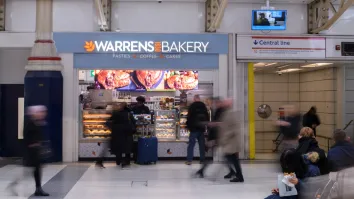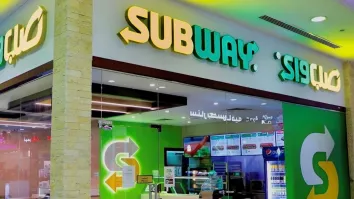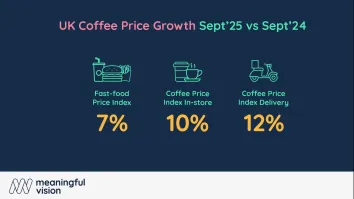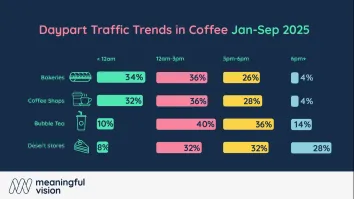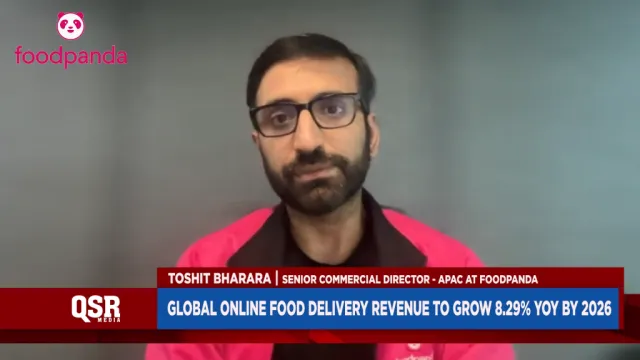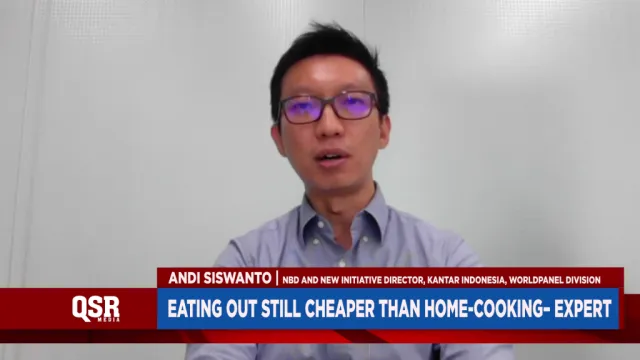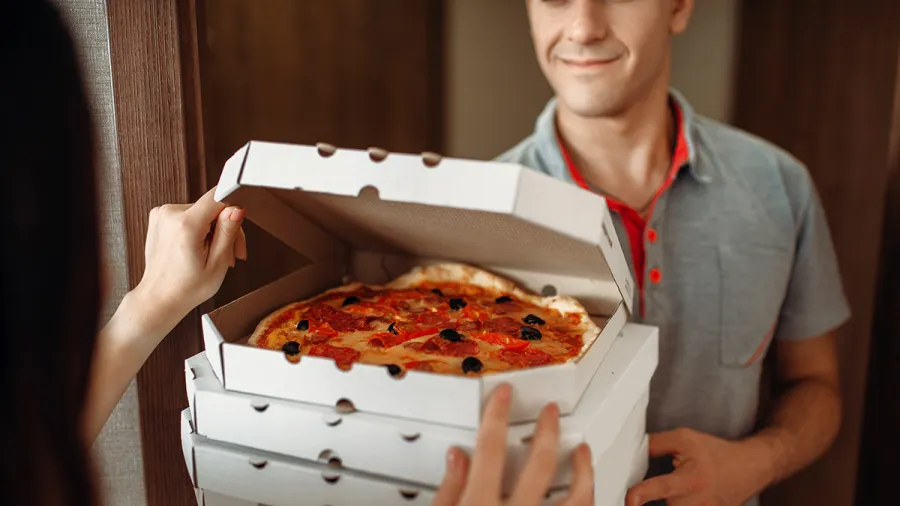
Why pizza chains face the toughest competition in fast-food
One of the biggest challenges is balancing delivery fees.
Pizza delivery chains raised prices by just 2% in March, less than half the QSR average, as intense competition and price-sensitive consumers limit their pricing power.
A number of structural factors in combination explain why pizza delivery brands, amongst all fast-food segments, experience the fiercest battle for customers.
According to Meaningful Vision, demand for pizza delivery is driven by a desire for convenience, in which the primary considerations for consumers are, can it be delivered when and where I want it, and how much does it cost? As a result, customers are less loyal to specific brands and are instead more sensitive to price.
Even within pizza delivery menus, price increases vary by item. Sides, snacks, and drinks went up by around 2%, pizzas by 3%, with small pizzas rising the most and large pizzas the least.
Meaningful Vision said that focusing solely on base prices, however, risks missing the larger picture. Across major pizza delivery brands like Domino’s, Pizza Hut, and Papa John’s, a medium pizza costs nearly 40% less than at casual dining pizza chains like PizzaExpress, Franco Manca, or Bella Italia (£15.50 vs £22). But almost no one pays the full price. Pizza delivery is driven by a constant cycle of meal deals and discounts.
This year, the share of meal deals in pizza delivery menus grew from 16% to 20%, outpacing other fast-food segments, which grew from 15% to 17%. Despite inflation, the average price of a pizza meal deal has declined by 2%.
The delivery dilemma
Meaningful Vision’s research revealed the intensity of competition between pizza delivery chains and platforms like Uber Eats, Just Eat, or Deliveroo.
In most fast-food categories, e.g. burgers or chicken, menu prices for delivery are approximately 20% higher than in-store, excluding delivery fees.
But for pizzas, the price gap is much smaller, or even non-existent.
For some pizza brands, their own delivery option is 2 to 3% cheaper than placing an order through aggregators. For others, it's only 6% to 7% more and significantly lower than the average markup in other categories.
Menu prices for ordering pizza directly from the restaurant or through a delivery platform are quite similar. However, own-brand delivery fees remain around 30% cheaper than those charged by platforms like Uber Eats, Just Eat, or Deliveroo, which add both delivery and service fees depending on basket size.
Additionally, considering the number of promotions and deals offered by restaurants, pizza delivered directly from the restaurant is usually cheaper than the equivalent order delivered by third parties.
Platforms push promotions
Whilst previously pizza restaurants themselves were the front runners in promotions on their websites and apps (eg. buy one get one free), now delivery platforms are also running a wider variety of promotions. Meaningful Vision reported seeing a similar trend across other fast-food segments, with the number of delivery-related promotions almost doubling year-on-year.
Percentage discounts remain the most popular promotional technique, accounting for 57% of all pizza promotions on delivery platforms. This is higher than the median average of 43% for the fast-food segment.
Next in popularity is a free product or buy one, get one free offer, which appears in 15% of cases, slightly lower than in other segments, where the average is 20%.
The third most common promotion is a special price, usually applied to meal deals, accounting for 17%, again, higher than the fast-food average. For other fast-food categories, free delivery is a more common promotion, but it remains relatively unpopular for pizza.
The average discount offered by delivery platforms for pizza increased from 23% to 27% this year, further confirming that competition is intensifying. For comparison, the average discount across fast-food is 25%, suggesting pizza is being discounted more than rival products.
“Despite the fierce competition and low brand loyalty, pizza loyalty programs are surprisingly underdeveloped, especially compared to highly competitive segments like chicken restaurants, where digital stamp cards, tiered rewards, and gamified apps are common,” Maria Vanifatova, CEO of Meaningful Vision, said. “This means pizza chains not only face intense price and delivery pressure, but also underperform in customer retention, losing out to both QSR rivals and the platforms they rely on.”
Vanifatova said brands need to closely monitor rivals and track pricing trends, as well as meal deal structures, to remain competitive.
“Equally important is taking omnichannel strategy seriously. Whether through direct apps, in-store value offerings, or platform partnerships, businesses must ensure every touchpoint is alignment and working efficiently,” Vanifatova said.



